Text


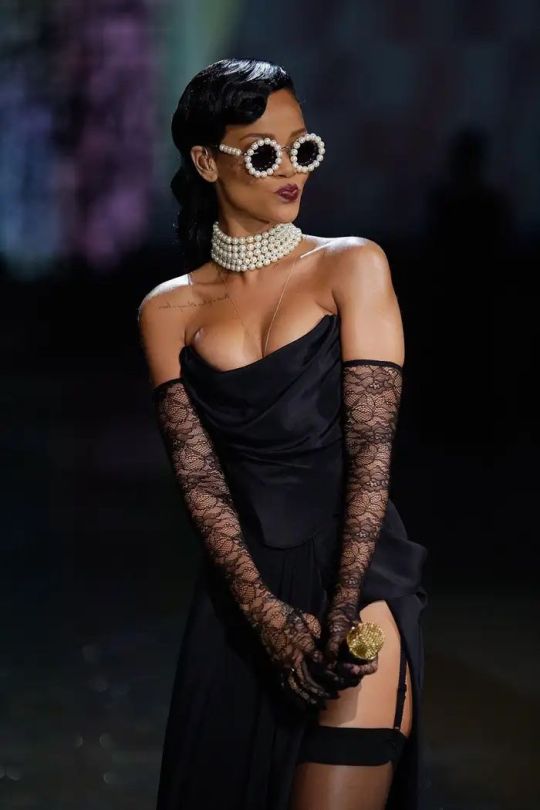
Chanel round pearl sunglasses, Spring/Summer 1994
The pearl sunglasses were featured in Chanel’s spring 1994 runway show,
Rihanna wore Chanel pearl sunglasses when she performed at the Victoria’s Secret Fashion Show in 2012.
#art#design#fashion#women's fashion#fashion photography#dressing room#walking closet#luxury lifestyle#girls#chanel#pearl#sunglasses#1994#spring#summer#runway#rihanna#victoria's secrets
1 note
·
View note
Text
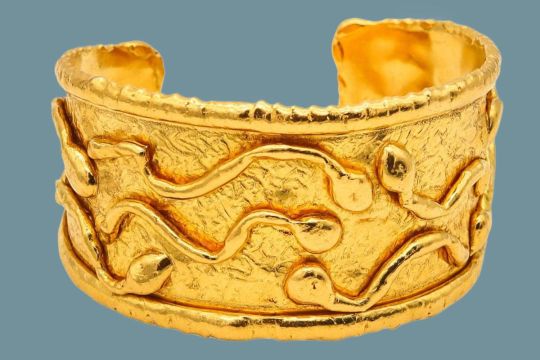
Jean Mahie,
22-karat-gold cuff bracelet with sculptural figures, 1978
#art#design#fashion#women's fashion#dressing room#walking closet#luxury lifestyle#jean mahie#22-karat gold#gold#bracelet#jewellery#jewelry#figures#sculpture#spermatozoids#karat#abstract
1 note
·
View note
Text
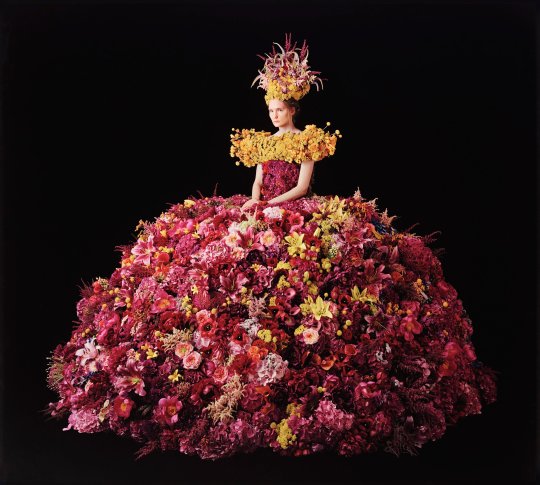
Nathalia Edenmont, 'A Moment Like This', 2018 - 2019,
C-print mounted on aluminum and framed,
160 x 177 cm including frame.
Courtesy: Bukoskis
#art#design#fashion#women's fashion#fashion photography#dressing room#walking closet#luxury lifestyle#flowers#dress#nathalia edenmont#a moment like this#2018#2019#sverige#ukraine#bukoskis#poetry#surreal
4 notes
·
View notes
Text

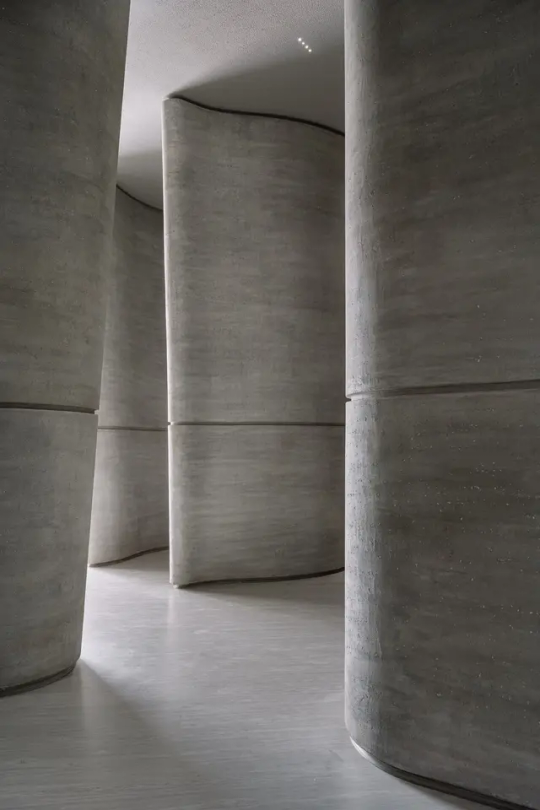
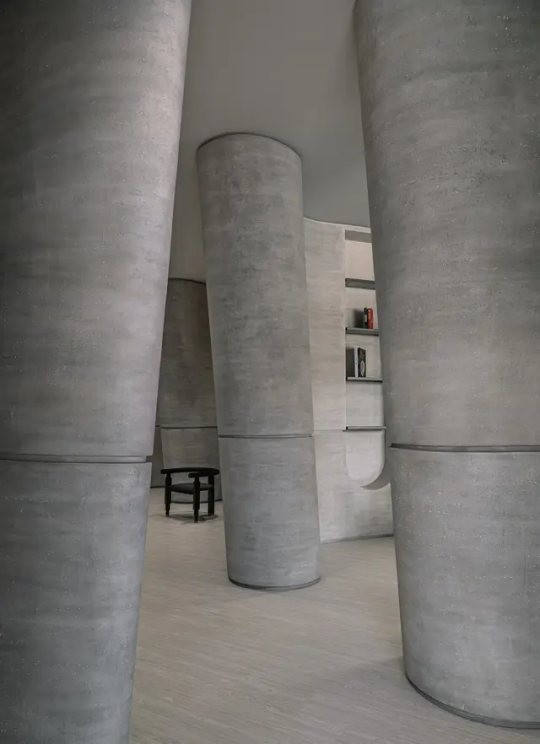

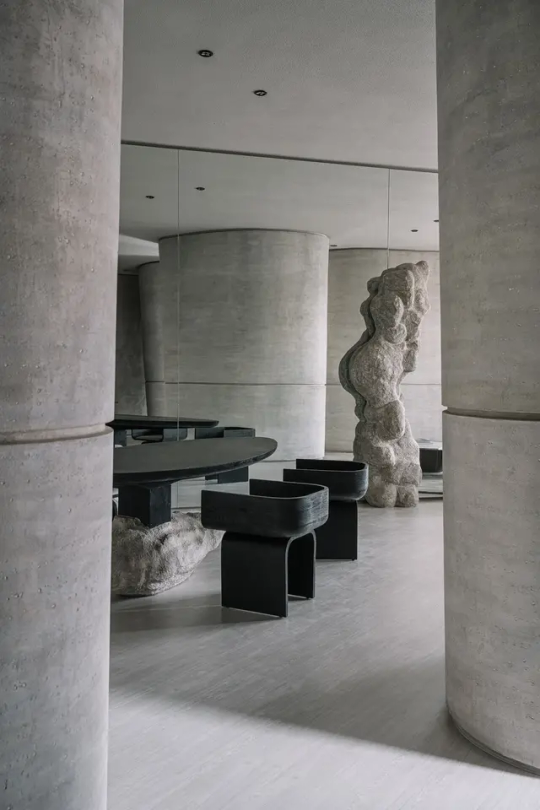
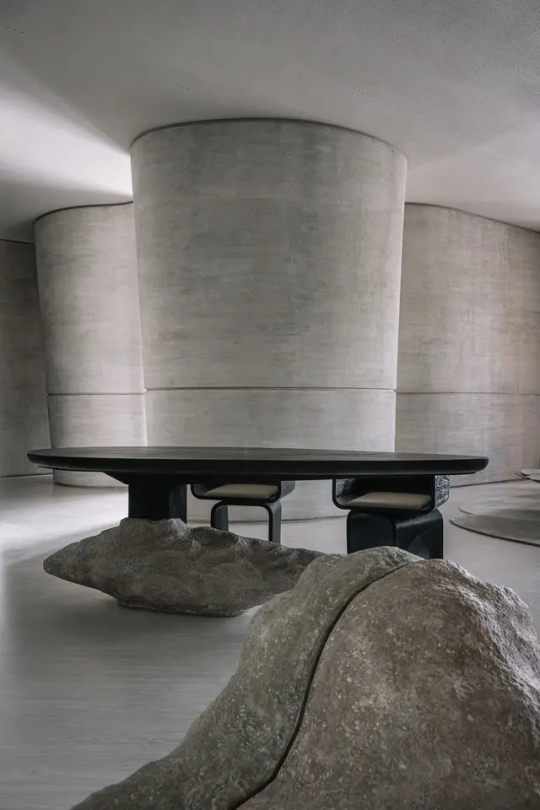
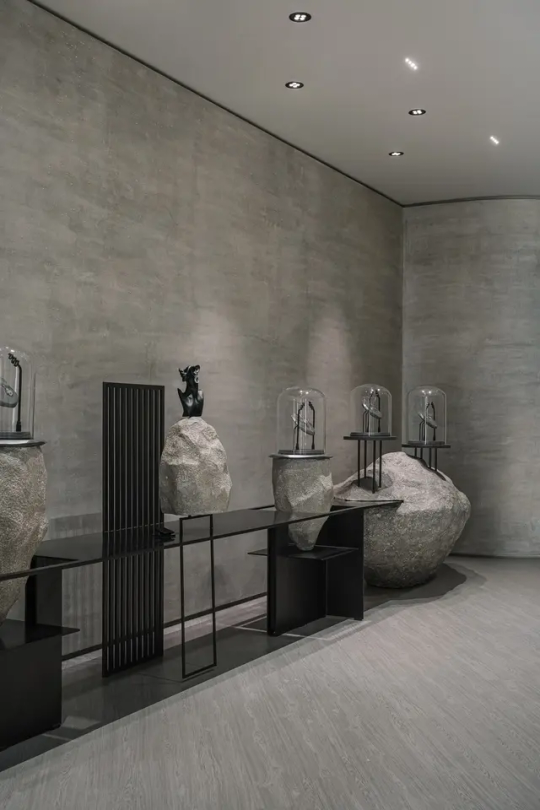

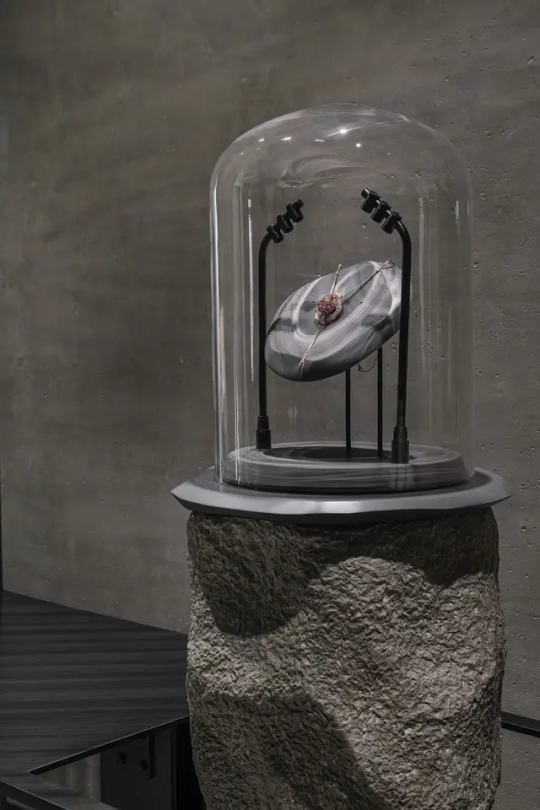




ZAURA, Ahmedabad, India,
Courtesy: R+R Architects
#art#design#fashion#women's fashion#dressing room#luxury lifestyle#walking closet#jewellery#jewelry#retail#shop#flagship#zaura#india#ahmedabad#R+R architects#grey#minimalism
3 notes
·
View notes
Text



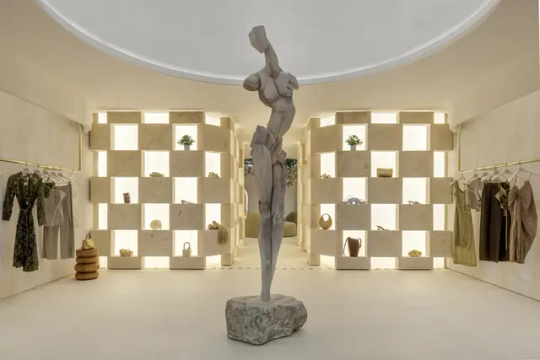



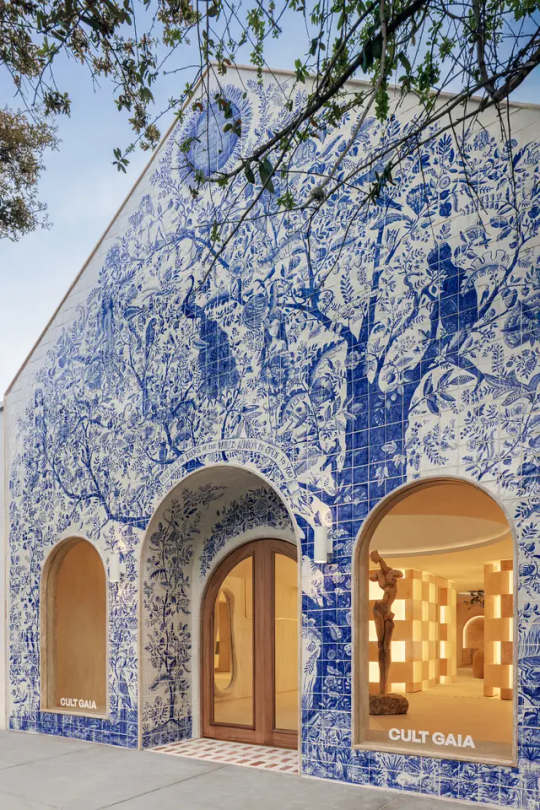
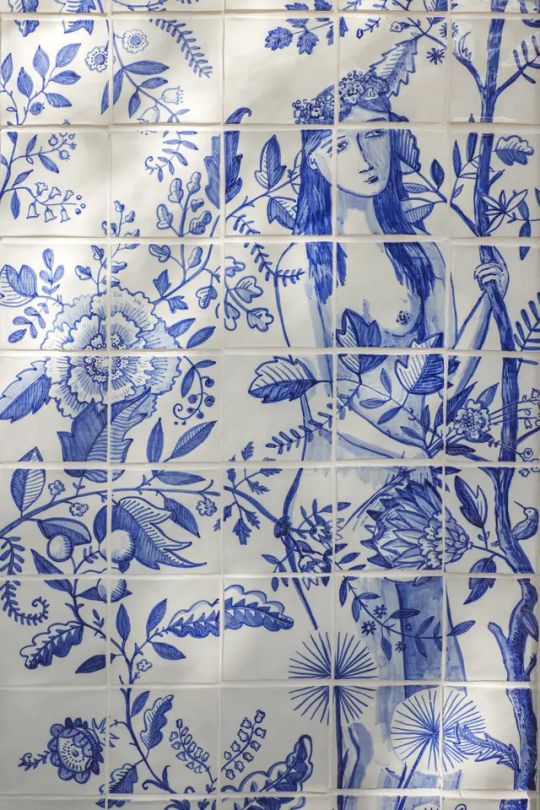
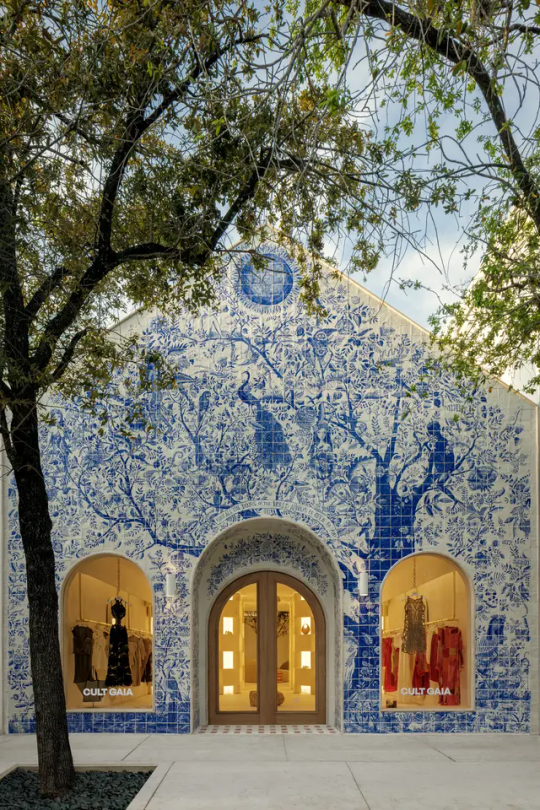
CULT GAIA, Design District, Miami, Florida, United States,
Courtesy: Sugarhouse
A 1800-piece Tree of Life tile mural by artist Michael Chandler covers the facade.
#art#design#fashion#women's fashion#dressing room#walking closet#luxury lifestyle#girls#architecture#interiors#interiordesign#flagship#retail#shop#cult gaia#miami#florida#sugarhouse#tiles#ceramics#tree of life#michael chandler#casitas#A-frame
56 notes
·
View notes
Text
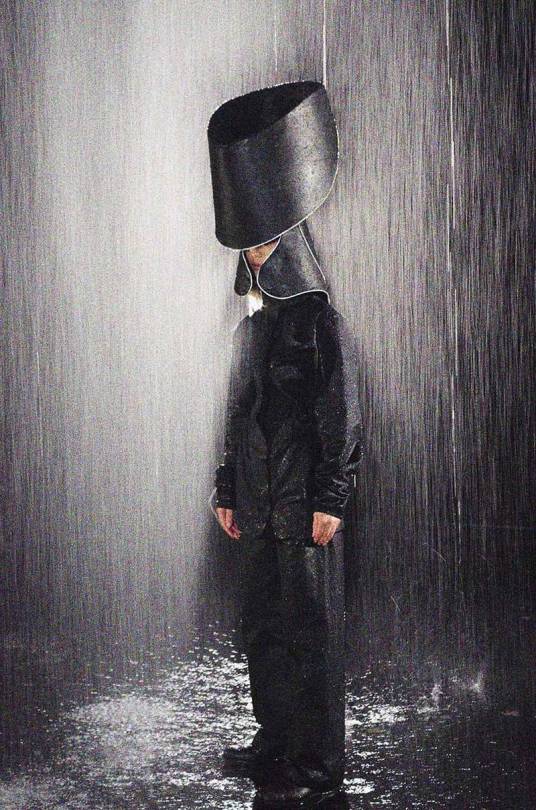

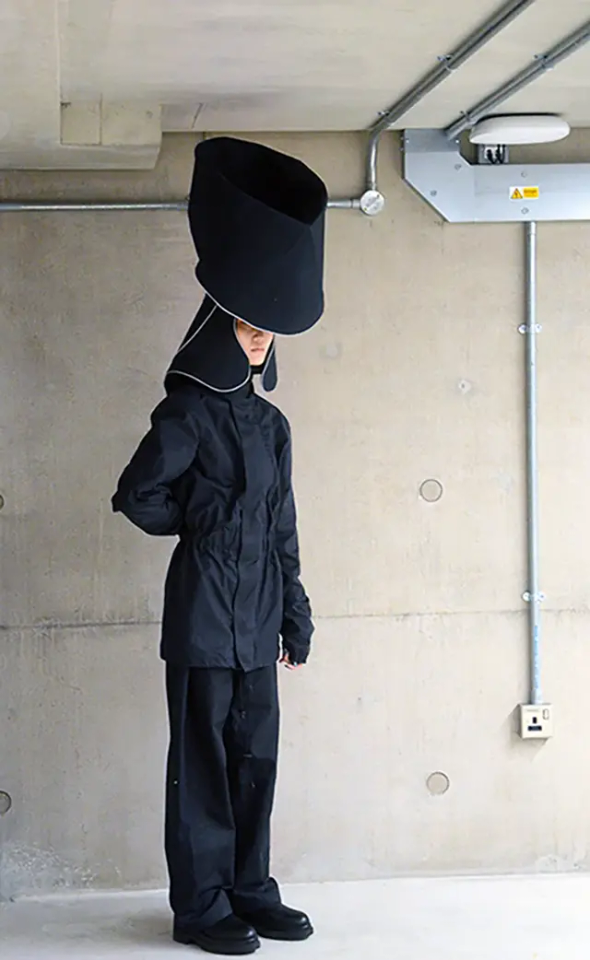
"Torrent Guardian"
Courtesy of Mijoda Dajomi’s Daughters of Rain
#art#design#fashion#women's fashion#fashion photography#luxury lifestyle#walking closet#girls#torent#rain#hat#guardian#mijoda dajomi#hairstyle
1 note
·
View note
Text

line Vautrin, "Perruque mirror," France, c. 1960,
Talosel resin, mirrored glass,
15¼ h × 11 w in (39 × 28 cm)
#art#design#fashion#mirror#perruque#line vautrin#1960#talosel#resin#glass#iconic#hairstyle#dressing room#walking closet#luxury lifestyle
10 notes
·
View notes
Text

Kwame Brathwaite. Changing Times, About 1973,
The Kwame Brathwaite Archive and Philip Martin Gallery.
© The Kwame Brathwaite Archive
#art#design#fashion#women's fashion#fashion photography#walking closet#kwame brathwaite#changing times#african american#black beauty#1973#deity#freedom#girls
1 note
·
View note
Text
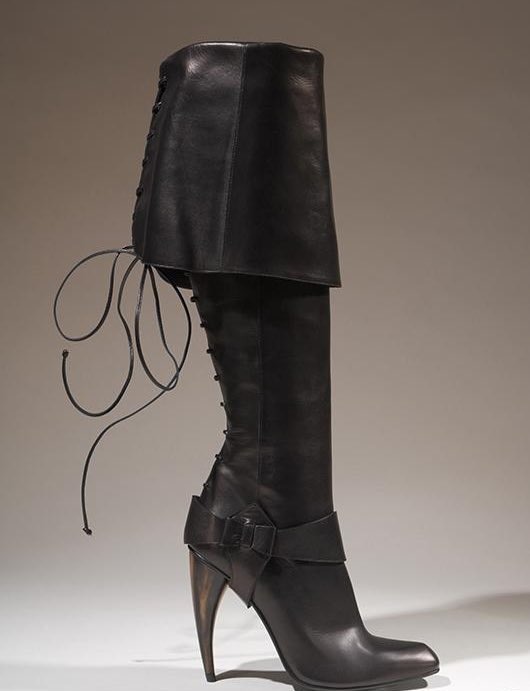
Alexander McQueen spring 2003
#alexander mcqueen#fashion#shoes#hot heel#boots#stiletto heel#spike heel#stiletto#haute couture#2003#spring#leather
3K notes
·
View notes
Text






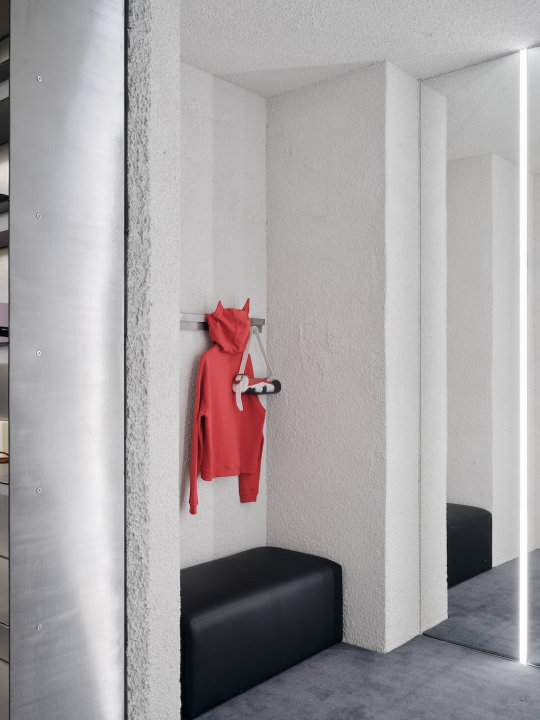
Studio Slow, Saint Petersburg, Russia,
Courtesy: RYMAR.studio
#art#design#fashion#women's fashion#dressing room#walking closet#luxury lifestyle#retail#shop#saint petersburg#russia#studio slow#rymar.studio#minimalism
1 note
·
View note
Text










Claude Montana, "Dream Maker"
(29 June 1947 – 23 February 2024)
Claude Montana began his career in London with a jewelry line that was instantly noticed by the professional press. When he returned to Paris in the late 60s, he joined John Voigt's team at Mac Douglas, where he learned leatherwork, which he would later democratize through his own collections.
In 1975, he presented his first fashion show, to international acclaim. He launched his own House in 1979, assisted by his sister Jacqueline, and joined the Official Calendar of Paris Fashion Week Womenswear Fall-Winter 1981/1992, in April 1981. In 1989, he became artistic director of Lanvin, where he successfully experimented with Haute Couture.
During his time there, he was awarded two Dés d'or for the Autumn-Winter 1990-1991 and Spring-Summer 1991 collections.
After leaving Lanvin, he launches a new ready-to-wear line, Odyssée. Claude Montana was promoted to Commandeur dans l'Ordre des Arts et Lettres in July 2014.
Claude Montana leaves an indelible legacy in the fashion industry, his singular style still inspiring many contemporary designers.
With his unique vision and boundless approach he created his own vocabulary of fashion that continues to live on today; inspiring contemporary designers such as Alexander McQueen – who cited Montana in many of his collections – and most recently Montana’s influences can be seen in the sumptuous proportions of Tom Ford’s debut women’s wear collection.
As power dressing makes a return to the catwalk, it is Montana’s 1980s designs that create the basis for Stella McCartney’s autumn/winter 2011 voluminous silhouette, Balmain’s pointed and padded shoulders and Martin Margiela’s exaggerated angles.
Your work will forever be timeless and legendary.
Rest In Power !
#art#design#fashion#women's fashion#dressing room#luxury lifestyle#iconic#rip#rip claude montana#claude montana#stella mccartney#balmain#alexander mcqueen#tom ford#martin margiela#mac douglas#womenswear#lanvin#timeless
11 notes
·
View notes
Text
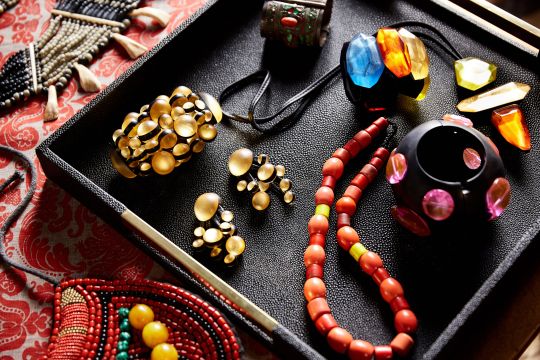

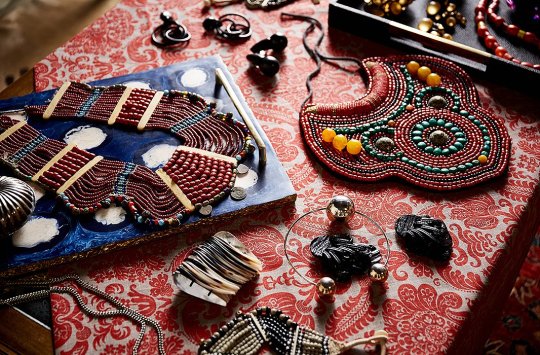
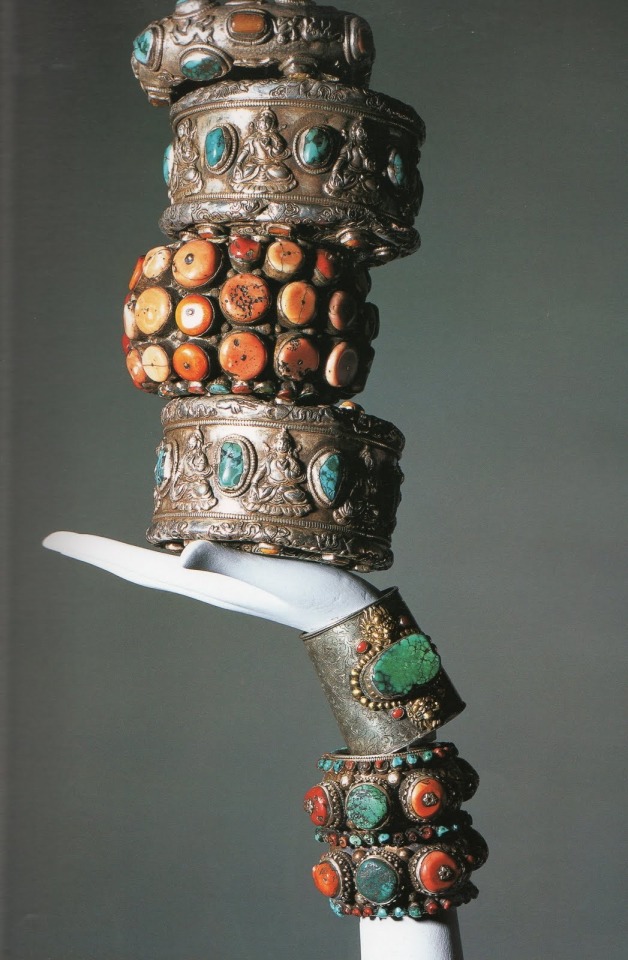
Iris Barrel Apfel, Decorator and Fashion Stylist
(August 29, 1921 – March 1, 2024)
Mr. Apfel's jewelries where stored in special bins. And she used to rotate some pieces by season.
#art#design#fashion#women's fashion#fashion photography#luxury lifestyle#jewellery#jewelry#bohemian#iris apfel#rip#rip irir apfel#turquoise#indian#vintage#collectors#fun#necklace#rings#bracelet#earings#baroque#stule#icon#muse
12 notes
·
View notes
Text
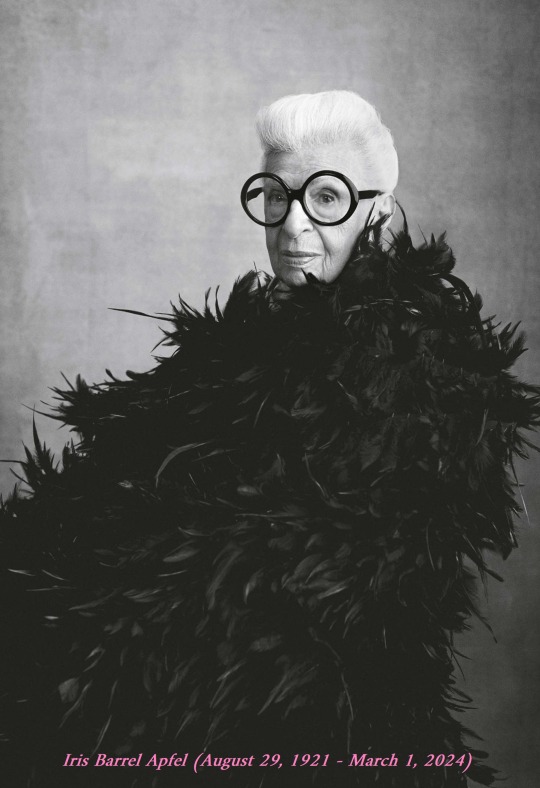
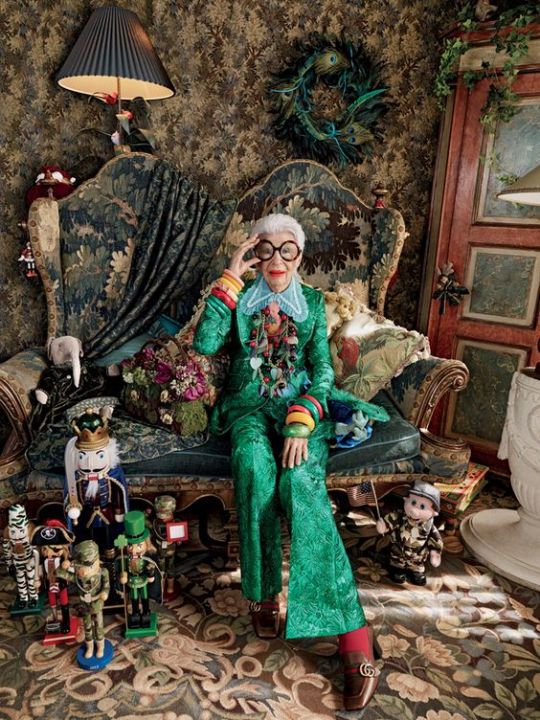
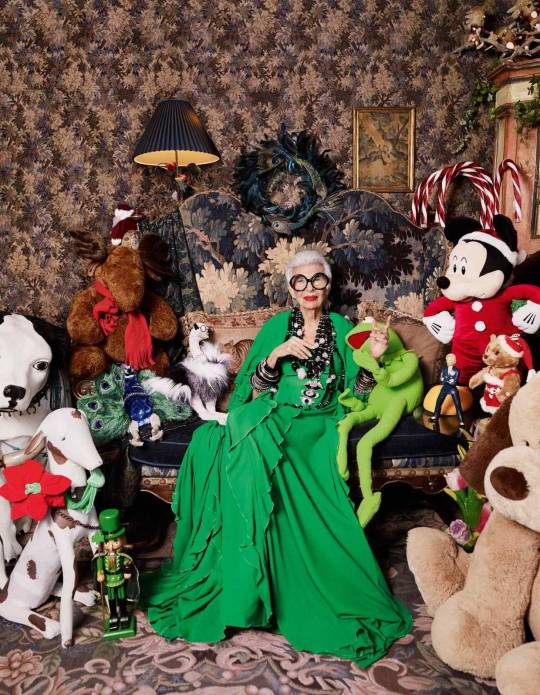
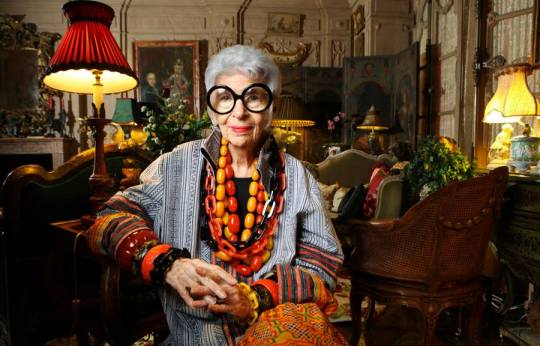
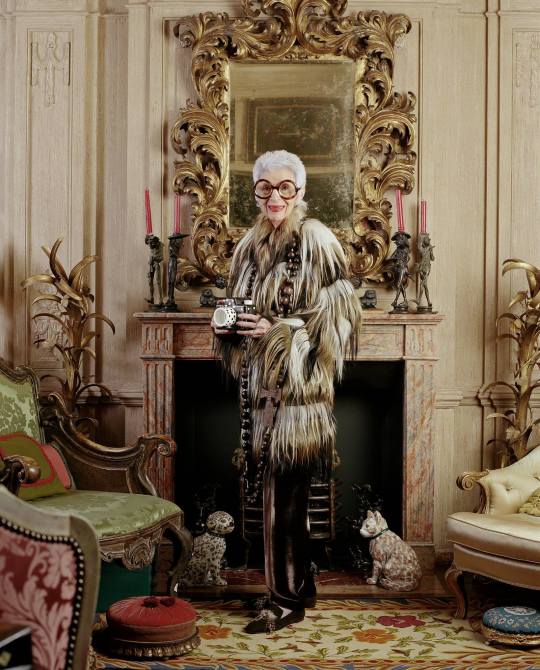
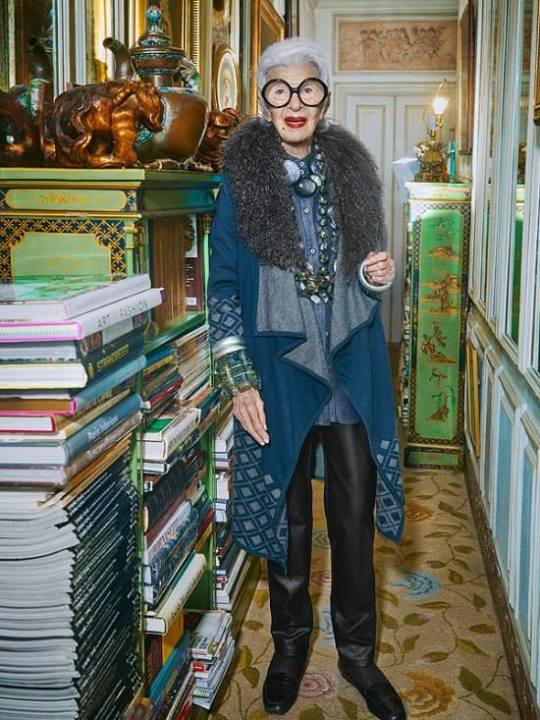
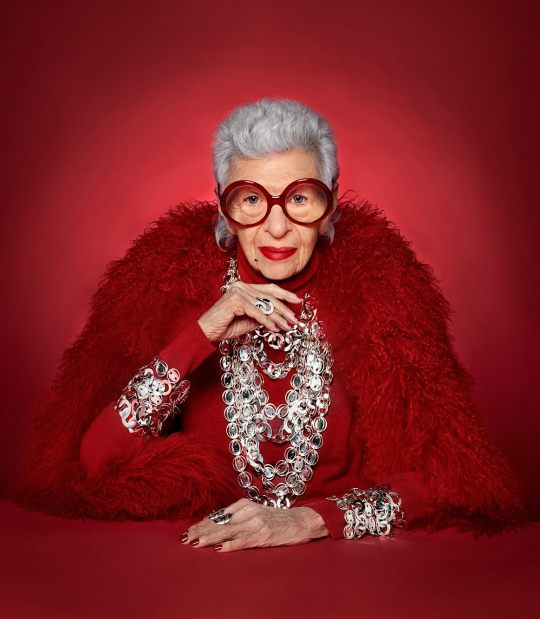

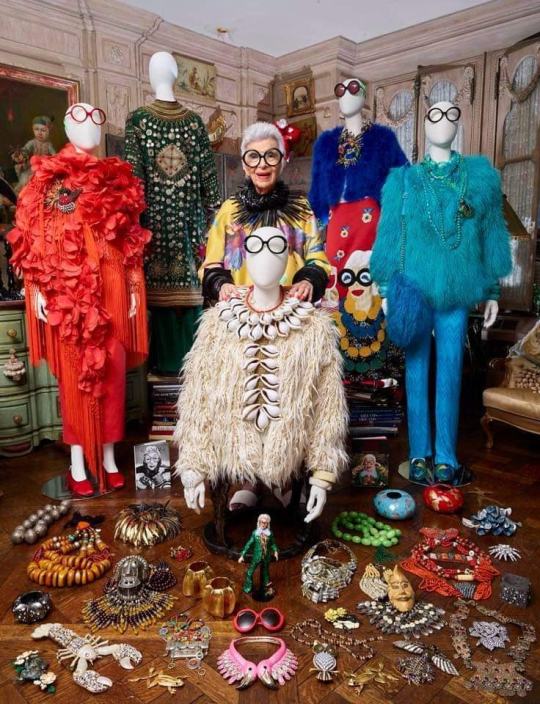

Iris Barrel Apfel, Decorator and Fashion Stylist
(August 29, 1921 – March 1, 2024)
Ms. Apfel was one of the most vivacious personalities in the worlds of fashion, textiles, and interior design, she has cultivated a personal style that is both witty and exuberantly idiosyncratic.
Her originality was typically revealed in her mixing of high and low fashions—Dior haute couture with flea market finds, nineteenth-century ecclesiastical vestments with Dolce & Gabbana lizard trousers.
With remarkable panache and discernment, she combines colors, textures, and patterns without regard to period, provenance, and, ultimately, aesthetic conventions. Paradoxically, her richly layered combinations—even at their most extreme and baroque—project a boldly graphic modernity.
Iris Barrel was born on Aug. 29, 1921, in Astoria, Queens, the only child of Samuel Barrel, who owned a glass and mirror business, and his Russian-born wife, Sadye, who owned a fashion boutique.
She studied art history at New York University, then qualified to teach and did so briefly in Wisconsin before fleeing back to New York to work on Women's Wear Daily, and for interior designer Elinor Johnson, decorating apartments for resale and honing her talent for sourcing rare items before opening her own design firm. She was also an assistant to illustrator Robert Goodman.
As a distinguished collector and authority on antique fabrics, Iris Apfel has consulted on numerous restoration projects that include work at the White House that spanned nine presidencies from Harry Truman to Bill Clinton.
Along with her husband, Carl, she founded Old World Weavers, an international textile manufacturing company and ran it until they retired in 1992. The Apfels specialized in the reproduction of fabrics from the 17th, 18th, and 19th centuries, and traveled to Europe twice a year in search of textiles they could not source in the United States.
The Metropolitan Museum of Art’s Costume Institute assembled 82 ensembles and 300 accessories from her personal collection in 2005 in a show about her called “Rara Avis”.
Almost overnight, Ms. Apfel became an international celebrity of pop fashion.
Ms. Apfel was seen in a television commercial for the French car DS 3, became the face of the Australian fashion brand Blue Illusion, and began a collaboration with the start-up WiseWear. A year later, Mattel created a one-of-a-kind Barbie doll in her image. Last year, she appeared in a beauty campaign for makeup with Ciaté London.
Six years after the Met show she started her fashion line "Rara Avis" with the Home Shopping Network.
She was cover girl of Dazed and Confused, among many other publications, window display artist at Bergdorf Goodman, designer and design consultant, then signed to IMG in 2019 as a model at age 97.
Ms. Iris Apfel became a visiting professor at the University of Texas at Austin in its Division of Textiles and Apparel, teaching about imagination, craft and tangible pleasures in a world of images.
In 2018, she published “Iris Apfel: Accidental Icon,” an autobiographical collection of musings, anecdotes and observations on life and style.
Ms. Apfel’s apartments in New York and Palm Beach were full of furnishings and tchotchkes that might have come from a Luis Buñuel film: porcelain cats, plush toys, statuary, ornate vases, gilt mirrors, fake fruit, stuffed parrots, paintings by Velázquez and Jean-Baptiste Greuze, a mannequin on an ostrich.
The Museum of Lifestyle & Fashion History in Boynton Beach, Florida, is designing a building that will house a dedicated gallery of Ms. Apfel's clothes, accessories, and furnishings.
Ms. Apfel’s work had a universal quality, It’s was a trend.
Rest in Power !
#art#design#fashion#icon#rip#iris apfel#luxury lifestyle#rip riris apfel#style icon#iconic#trend#rare avis#women's fashion#walking closet#muse#themet#style#history#renaissance#baroque#greta garbo#dior#chanel#montana#fendi#jewellery#high fashion#fantasy#women history month
142 notes
·
View notes
Text

300K+ Followers!
Thank You All so Much for All of Your Likes, Follows, Shares,
I couldn’t have reached this Milestone without You !
You All are Amazing!
#300000#thank you#millstone#thank you all#tumblr radar#design#abstract#follow#share#thank's#love#architecture#thankful#likes#tumblr#style#300K#followers#aesthetic#300k celebration#interiors#thank u#grateful#photography#like#tumblr milestone#cocktails#inspiring quotes#humanrights#billionairelife
65 notes
·
View notes
Text

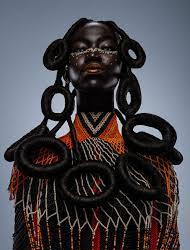
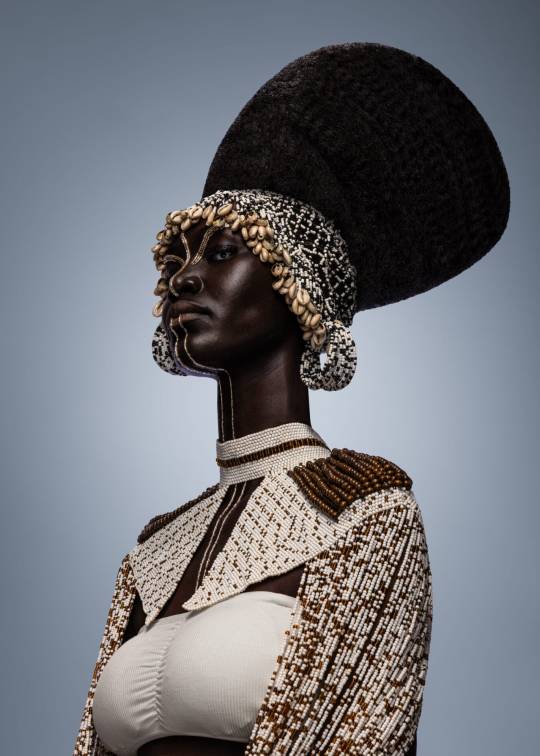


Osborne Macharia's ‘Daughters of the Rift’
#art#design#fashion#women's fashion#fashion photography#luxury lifestyle#girls#rift#daughter#africa#osborne macharia#hairstyle#haircut#kenya#afrofuturism#tribal#beads#beadwork#beaded jewelry#perler beads
12 notes
·
View notes
Text

"Street Art"
Credit: Ana Otta
#art#design#fashion#women's fashion#fashion photography#walking closet#dressing room#luxury lifestyle#painting#streetart#ana otta#ottavaldez#bohemia#NASC#coat
4 notes
·
View notes
Text



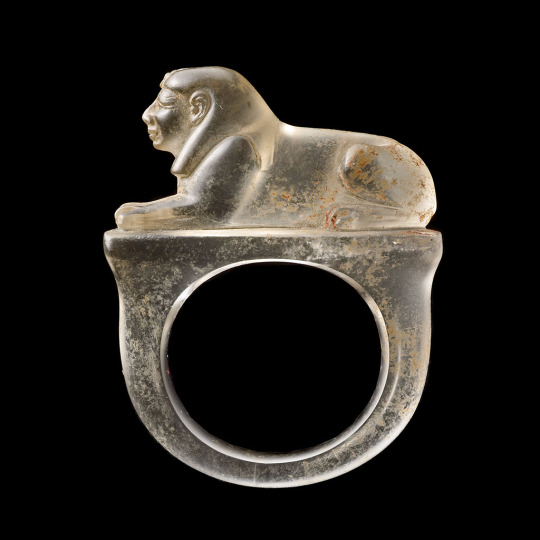
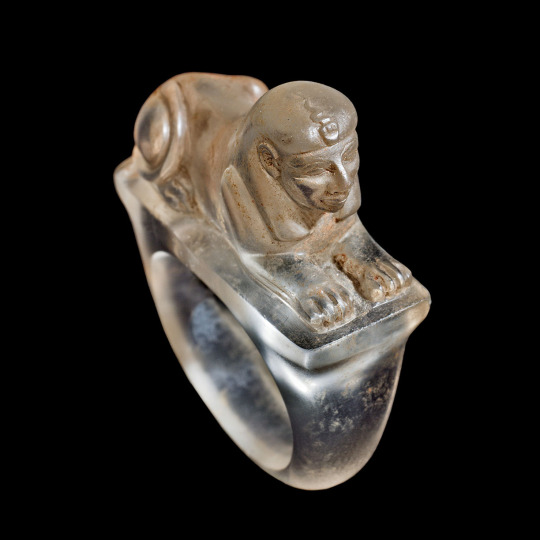
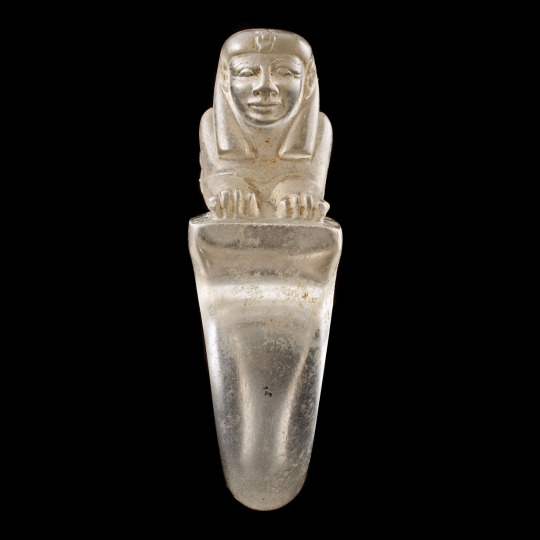
Egyptian Rock Crystal Ring with a Sphinx,
Egyptian · New Kingdom, Ramesside period, IX - XX Dynasty , 1295 - 1069 BC.
The design and execution of the sphinx is masterful. It rests with its tail characteristically following the contour of its right, hind leg, around which it rests.
Like most Egyptian sphinxes, the head of this example is covered by a nemes-headdress, here plain, to the front of which has been affixed a uraeus, or sacred cobra, its tail undulating over its top.
Attention has been paid to the detailed rendering of the toes on the extended front paws. The round face of the sphinx is dominated by large, almond-shaped eyes, set into fairly deep sockets with its eyebrows rendered by incision. The nose exhibits wide wings, its nostrils drilled and prominent. A faint philtrum, or depression, under the center of the nose separates it from the wide, horizontally aligned mouth with its fleshy lips.
The resulting physiognomy gives one the impression of strength and power, devoid as it is of the bland, idealizing features which often characterize the faces of such composite beasts.
That impression contributes significantly to the monumentality inherent in this miniature, jewel-like masterpiece.
Whereas it is difficult to compare the face on our sphinx, despite its inherent monumentality, to much larger examples in stone in order to suggest the identity of the pharaoh represented, its round face and non-idealizing features with their pronounced cheek bones resonate with physiognomic features encountered in some representations of Rameses II.
Rock crystal, perhaps termed menu hedej, in the hieroglyphs was a stone much coveted for amulets and miniature, deluxe vases but its use, because of its rarity, was very restricted.
Rock Crystal, L: 3.2 cm x H: 4.1 cm
Courtesy: Phoenix Ancient Art
#art#history#design#style#archeology#sculpture#egypt#sphinx#new kingdom#antiquity#ring#jewelry#jewellery#rock crystal#XX dynasty#miniature
99 notes
·
View notes